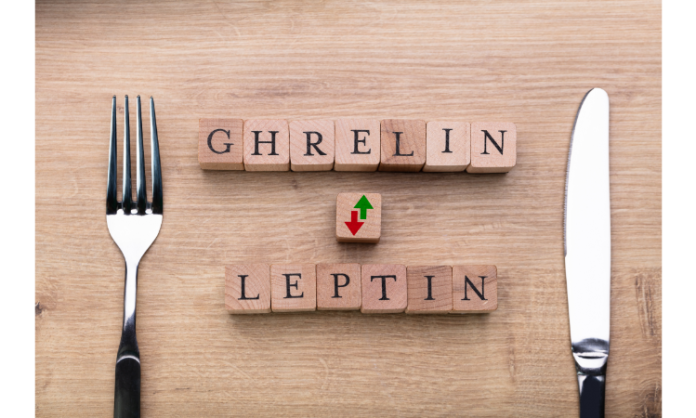
In the realm of human physiology, a fascinating pas de deux unfolds between two critical hormones: Leptin and Ghrelin. As integral players in energy homeostasis and appetite regulation, they choreograph the delicate balance of hunger, satiety, and body weight management. Let’s delve into the relationship between Leptin and Ghrelin and understand how it can influence weight loss and overall health.
The Lead Dancers: Introducing Leptin and Ghrelin
Leptin, often dubbed the “satiety hormone,” is primarily produced in the adipose tissues. It communicates with the brain, specifically the hypothalamus, signaling that the body has sufficient energy stored, thereby suppressing hunger and facilitating energy expenditure.
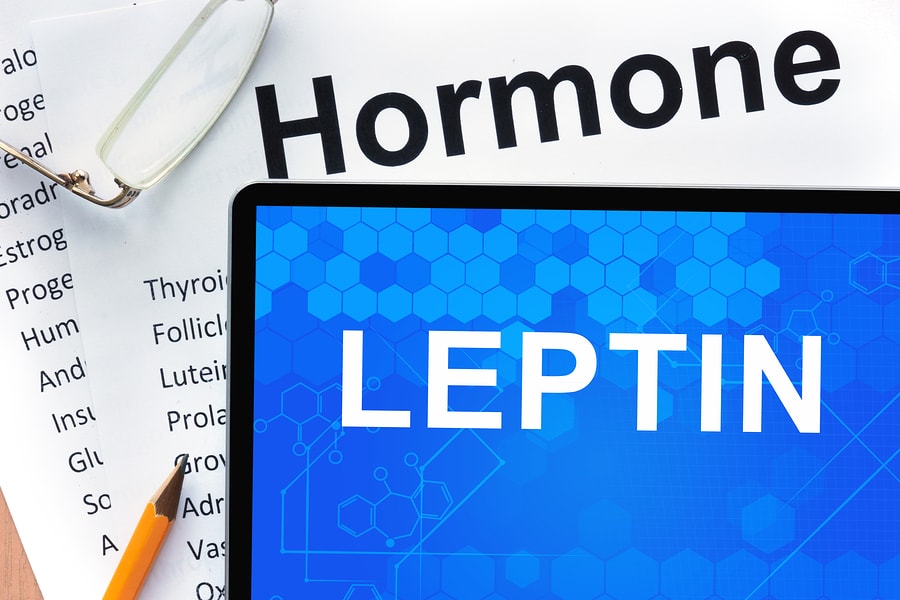
Ghrelin, on the other hand, is the “hunger hormone.” Produced mainly in the stomach, it’s responsible for the release of the hormone Ghrelin when the stomach is empty, prompting the brain to signal hunger and encourage food intake.

The Dance of Hunger: The Relationship Between Leptin and Ghrelin
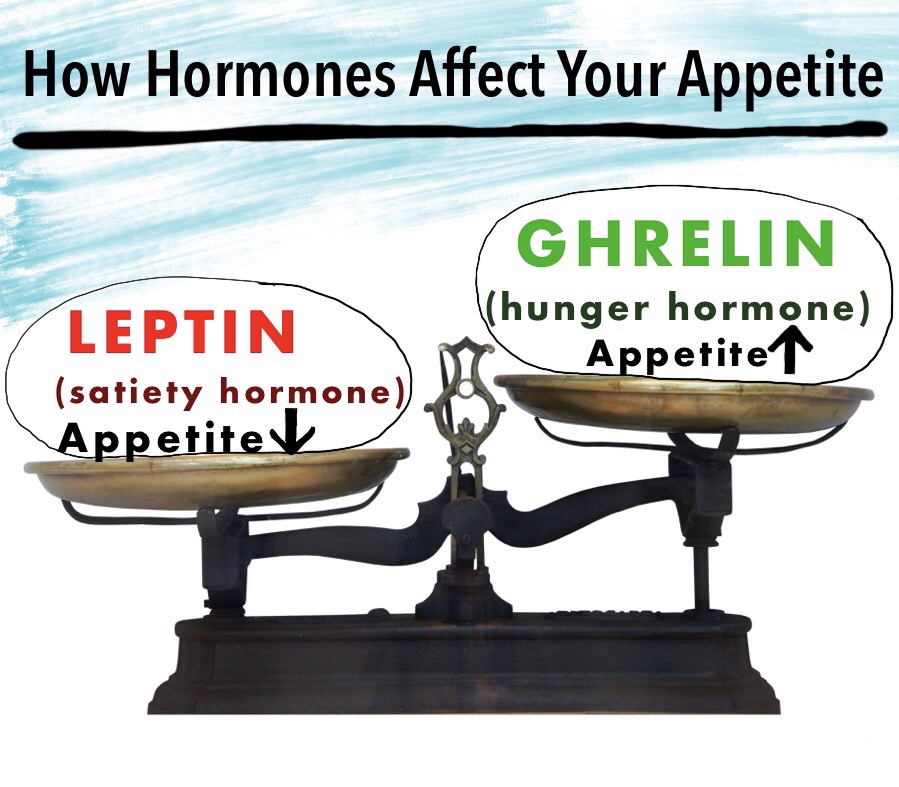
Though opposing in their roles, the harmonious interaction between Leptin and Ghrelin is essential for body homeostasis. It’s critical to note that these hormones don’t function in isolation. Other hormonal influencers, such as cortisol, play a role in their delicate dance. The interaction of Leptin, Ghrelin, and Cortisol can particularly influence our eating behavior during times of stress.
When your stomach is empty, Ghrelin levels rise, signaling the brain to initiate hunger cues. Once you eat, fat cells increase the production of Leptin, sending a satiety signal, thus suppressing the effects of Ghrelin and reducing hunger.
The dynamic between these hormones is essential in the context of body weight regulation and Leptin and Ghrelin weight loss strategies. If leptin’s signal isn’t adequately received by the brain – a condition known as leptin resistance – you might feel constantly hungry, leading to overeating and weight gain. Meanwhile, elevated levels of Ghrelin can also stimulate excessive hunger, leading to increased caloric intake.
An Ebb and Flow: Ghrelin, Leptin, and The Hunger Cycle
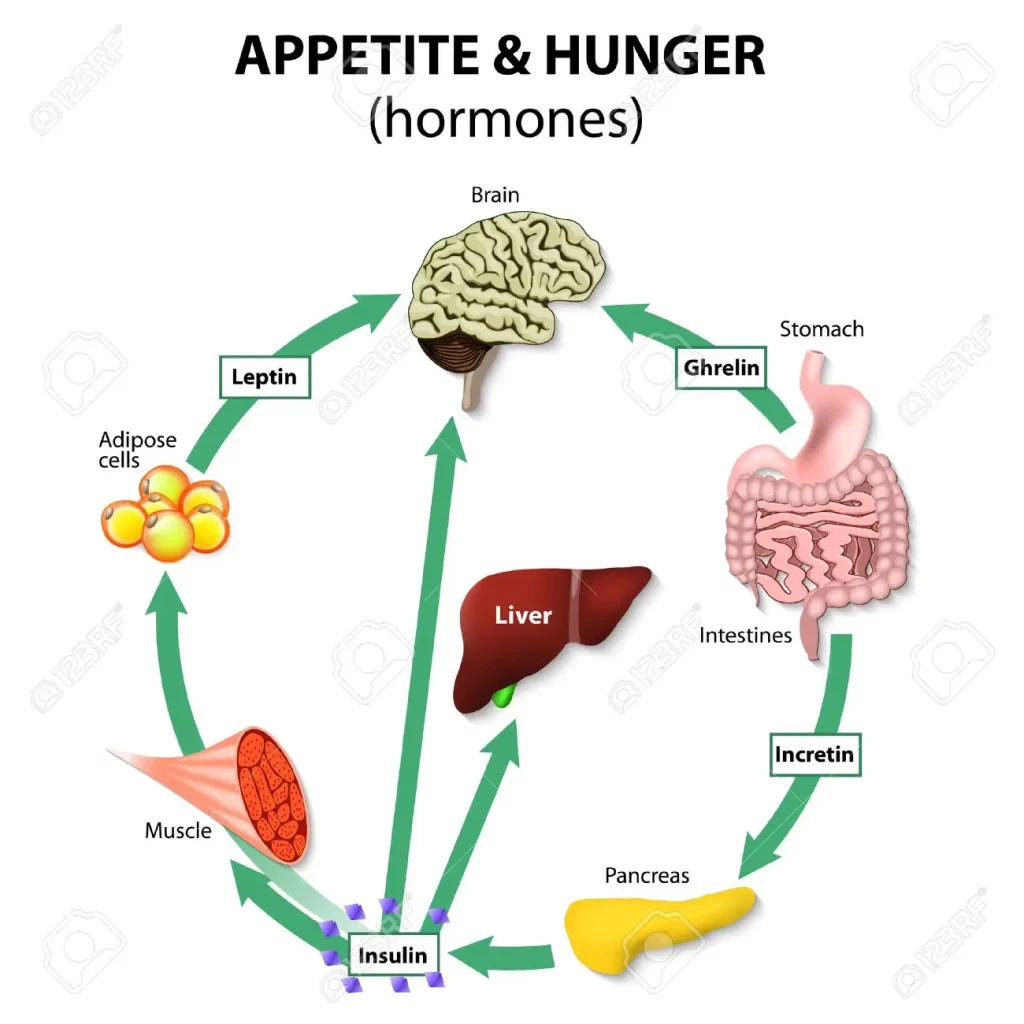
Understanding the release of the hormone Ghrelin and its interaction with Leptin can help us appreciate the body’s natural hunger and satiety rhythms. It’s a constant cycle: Ghrelin levels typically rise before meals and fall after eating. This is opposed by Leptin, which increases after meals and decreases when food intake is low.
The Enigma: What Is the Relationship Between Ghrelin and Leptin?
Though Ghrelin and Leptin have opposing roles, their relationship isn’t as simple as antagonism. Research is increasingly indicating a complex interplay, where these hormones can potentially influence each other’s production and effect. Interestingly, some studies suggest that ghrelin might inhibit leptin’s effect, while other research indicates a reciprocal relationship where Leptin might suppress Ghrelin levels.
Turning the Spotlight on Leptin and Ghrelin Quizlet
The release of the hormone Ghrelin Quizlet offers an engaging way to learn about the intricate connection between these hormones and their role in hunger regulation, energy homeostasis, and weight management. Learning tools like flashcards and interactive diagrams can help you visualize and remember this complex biological interplay.
The Harmony and Discord: Leptin and Ghrelin Imbalance
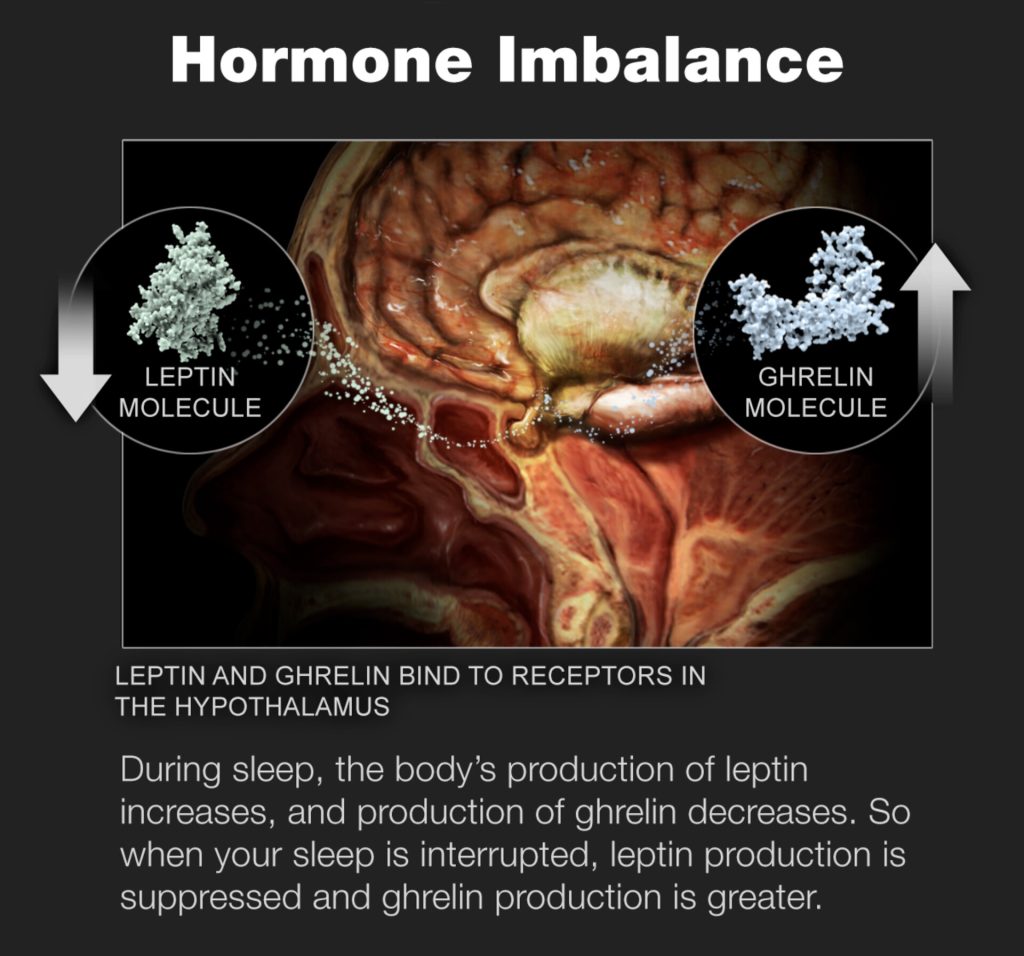
While the intricate ballet between leptin and ghrelin usually maintains a harmonious balance, certain conditions can lead to an imbalance. Disturbed leptin and ghrelin levels can lead to a variety of health issues, notably weight gain and metabolic syndrome. Understanding and addressing these imbalances forms a key part of many leptin and ghrelin weight loss strategies.
In the case of leptin resistance, despite high leptin levels in the blood, the brain does not receive or recognize the satiety signal. As a result, the individual feels continuously hungry, leading to increased food intake and subsequent weight gain.
Ghrelin, on the other hand, has a reciprocal relationship with body mass index (BMI). Elevated ghrelin levels can lead to increased food intake, which can lead to weight gain. Conversely, obesity can lead to lower ghrelin levels, making weight loss more challenging.
The Role of Lifestyle and Nutrition
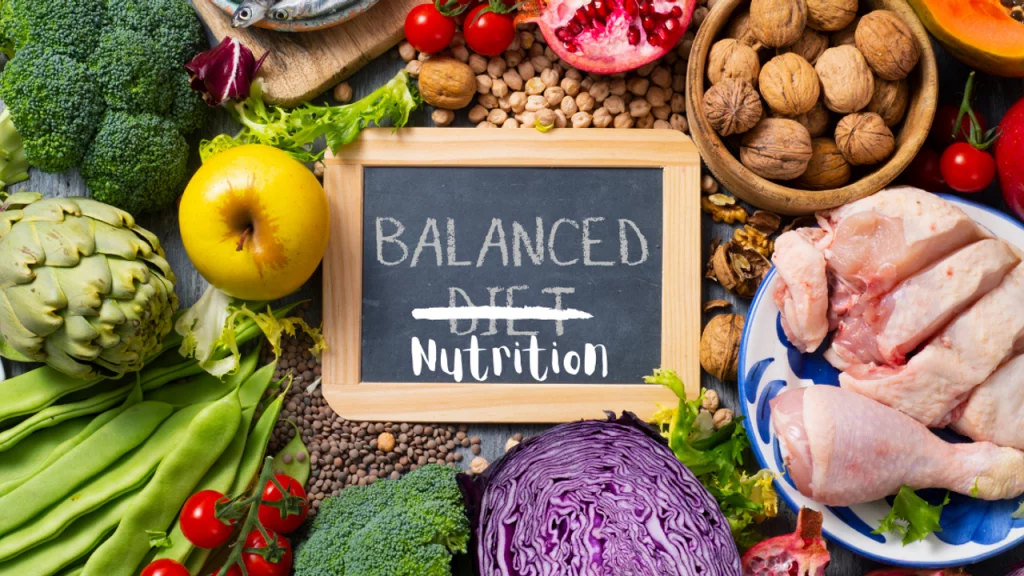
Diet and lifestyle play a critical role in managing the intricate balance of leptin and ghrelin. A healthy diet, regular exercise, adequate sleep, and stress management can help maintain optimal levels of these hormones.
Studies have shown that consuming high-protein diets can suppress ghrelin release, while diets rich in fructose can lead to leptin resistance. Therefore, considering dietary composition can be crucial in managing these hormones and supporting weight loss3.
Regular exercise can also play a beneficial role. Physical activity can enhance leptin sensitivity, improving its ability to signal satiety to the brain, and help manage ghrelin levels4.
Finally, adequate sleep and stress management are essential. Disrupted sleep can affect ghrelin and leptin levels, leading to increased hunger and potential weight gain. Stress can trigger the release of cortisol, which can disrupt the balance of leptin and ghrelin, further exacerbating weight issues.
Conclusion
In the grand ballet of the body’s physiological functions, Leptin and Ghrelin perform a vital dance. They delicately balance our energy needs and hunger signals, playing an integral role in maintaining our body’s health and weight. Understanding their relationship and function can empower us to make informed decisions about our health and provide insights into tackling challenges like obesity and metabolic disorders.
From the relationship between Leptin and Ghrelin to their interplay with other hormones like cortisol, this fascinating topic underscores the body’s intricate and finely tuned mechanisms. So, next time your stomach rumbles, remember the beautiful dance between Leptin and Ghrelin that’s orchestrating your hunger and satiety cues.











